In the early 1950s, fashion trends transformed dramatically, blending elegance with a new sense of freedom. You'd see Christian Dior's "New Look" with its nipped-in waists and full skirts celebrating femininity. Icons like Audrey Hepburn and Marilyn Monroe influenced styles, while casual wear began emphasizing comfort with items like capri pants and ballet flats. Gingham patterns and the structured pencil skirt became popular choices. Designers like Coco Chanel updated classic elegance, and synthetic fabrics made stylish clothes more accessible. This vibrant mix set a foundation for modern casual fashion, reflecting a cultural shift you'll find intriguing.
Evolution of Women's Fashion
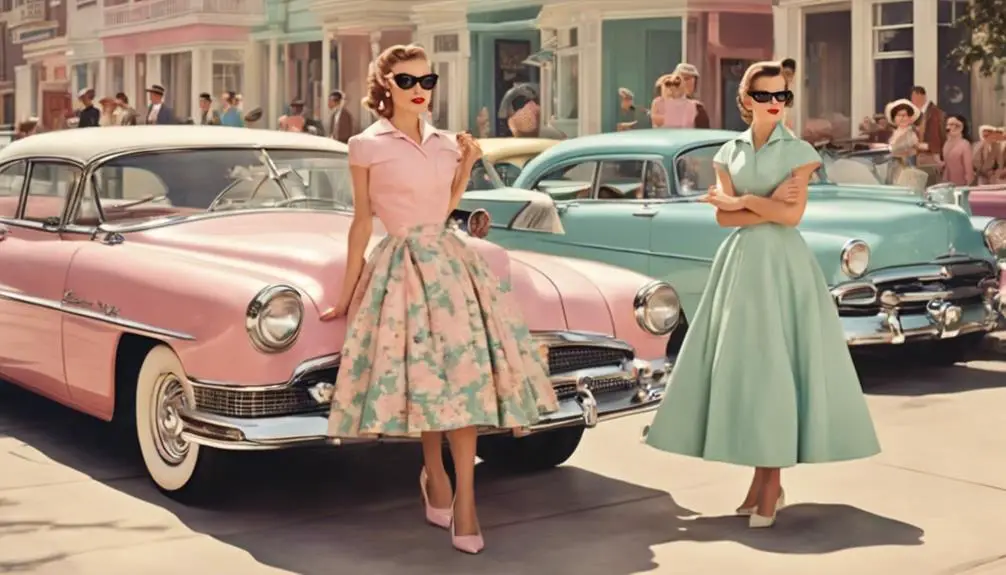
The evolution of women's fashion in the early 1950s marked a significant shift in style and silhouette. After World War II, fashion took a bold turn with Christian Dior's iconic "New Look." This trend showcased a nipped-in waist and full skirts that celebrated femininity and luxury, inviting women to embrace their curves once again. You'd see evening gowns that radiated elegance, often featuring these voluminous skirts and delicate details.
As the decade progressed, the fashion scene began to evolve further. By the mid-1950s, the emphasis shifted toward softer shoulderlines and more natural body shapes. You'd notice cocktail dresses bridging the gap between day and night styles, with strapless bodices becoming increasingly popular. These dresses allowed women to express their style and personality, catering to various occasions.
The introduction of sheath and high-waisted chemise dresses marked a significant turning point in women's silhouettes. Designers such as Givenchy and Balenciaga played pivotal roles in this transformation, pushing boundaries and creating varied silhouettes that challenged the rigid structures of earlier styles.
The evolution of women's fashion during this time wasn't just about clothing; it represented newfound freedom and self-expression. In this vibrant landscape of fashion, women embraced diverse looks, reflecting not only their personal tastes but also the changing social dynamics of the era.
Cultural Influences on Style
Cultural influences played a pivotal role in shaping fashion styles during the early 1950s, as women sought to mirror the glamour seen on screen and in magazines. The aftermath of World War II sparked a desire for luxury and extravagance, with Christian Dior's New Look revolutionizing women's fashion. This style emphasized fitted dresses and dramatic silhouettes that celebrated femininity, encouraging women everywhere to embrace elegance.
The bold designs and luxurious appeal of fashion brands, akin to the legacy of Gianni Versace, also inspired women to seek individuality through their clothing choices Versace's legacy in fashion.
Hollywood icons like Audrey Hepburn and Marilyn Monroe became the epitome of glamour, and their influence led women to adopt similar styles. You could see these trends reflected in fashion photography from magazines like Vogue, which captured the cultural shift towards sophistication. As you flipped through the glossy pages, you found inspiration to elevate your wardrobe.
At the same time, American youth culture began to emerge, inspired by rebellious stars like Marlon Brando and James Dean. This led to a rise in casual styles, making denim jackets and leather attire popular among younger generations. This shift contrasted sharply with the more formal fashion preferences of their parents, showcasing a new sense of independence.
The introduction of synthetic fabrics also transformed the fashion landscape, allowing for mass production of stylish yet affordable clothing. This made fashionable garments more accessible, reflecting a growing trend towards practicality in everyday wear.
All these cultural influences combined to create a vibrant tapestry of fashion in the early 1950s, marking a significant period of change and expression in women's style.
Key Designers and Events

Innovation defined the fashion landscape of the early 1950s, as key designers emerged to shape a new era of style. Christian Dior's "New Look," introduced in 1947, dominated this period. It emphasized a nipped-in waist and full skirts, symbolizing a return to femininity after the austere wartime styles. This fresh approach revolutionized women's fashion, encouraging a celebration of curves and elegance.
Additionally, the evolving fashion industry saw influences from luxury brands like Celine, which began to establish its identity during this transformative era, showcasing a commitment to quality and craftsmanship, evident through their vintage identification techniques.
In 1953, you'd see the launch of Pierre Cardin's first collection in Paris. His innovative designs reflected modernity and elegance, adding new dimensions to 1950s trends. Meanwhile, Coco Chanel made a significant comeback in 1954, redefining classic elegance with straight lines and the iconic A-line skirt. This silhouette quickly became a staple, allowing women to express their style with grace.
One of the most memorable events of this decade was the 1956 wedding of Grace Kelly to Prince Rainier. Her stunning lace gown, designed by Helen Rose, set a new standard in bridal fashion and inspired countless wedding dresses for years to come.
As the decade progressed, the introduction of Lycra in 1959 revolutionized sportswear and fashionable dresses. This new fabric made clothing more comfortable and form-fitting, giving women greater freedom in their everyday wear.
Together, these designers and landmark events not only shaped the 1950s but also left an enduring legacy in the world of fashion, influencing styles for generations to follow.
Iconic Trends and Patterns
As the influence of key designers took hold, iconic trends and patterns began to define the fashion landscape of the early 1950s. One of the most significant developments was the hourglass silhouette, which became synonymous with Christian Dior's New Look that debuted in 1947. This style featured nipped-in waists and wide-circle skirts, creating a stunning visual effect that allowed for dramatic movement and showcased the feminine figure.
During this period, fashion also saw a revival of vintage styles, with many women incorporating elements from previous decades into their wardrobes for a unique look, reminiscent of the vintage identification techniques that are popular today. Women often paired these skirts with fitted tops, achieving a balanced and elegant ensemble.
Gingham patterns also gained popularity during this time, adding a playful touch to dresses and blouses. This classic print reflected a sense of youthfulness and femininity, making it a staple in many wardrobes. Alongside these flowing styles, the pencil skirt emerged as a structured alternative, emphasizing natural curves and becoming a must-have for women's workwear.
Accessorizing was equally important in the early 1950s, with cat-eye sunglasses and silk scarves standing out as iconic choices. These accessories not only enhanced outfits but also added glamour and sophistication to any look.
Whether you were dressing up for a special occasion or simply enjoying a day out, these trends and patterns allowed you to express your style with confidence. The early 1950s truly marked a turning point in fashion, where elegance and femininity flourished, and you could feel empowered by the beautiful designs that surrounded you.
Casual Wear and Accessories
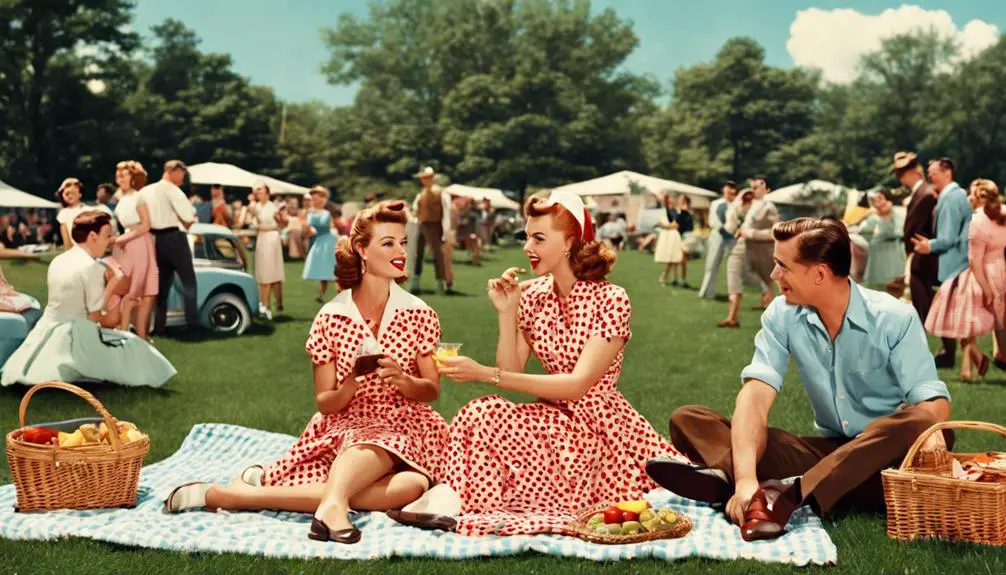
Casual wear in the early 1950s embraced a relaxed yet stylish vibe, making it a favorite among fashion enthusiasts. Hollywood stars like Marlon Brando and James Dean popularized this trend with their laid-back looks, featuring cuffed jeans and ankle-grazing trousers.
You could easily mix comfort with chicness by opting for stylish pieces that were both practical and fashionable.
Here are three key elements that defined casual wear and accessories during this vibrant decade:
- Women's Styles: Women often turned to capri pants and off-the-shoulder blouses. These choices not only emphasized comfort but also showcased a playful, feminine appeal that became iconic.
- Footwear: Comfort was paramount, and you couldn't go wrong with ballet flats and loafers. These shoes allowed for easy movement while keeping your look polished and put-together.
- Accessories: Accessories played a significant role in completing casual outfits. Silk scarves became a beloved choice for hair or neck adornment, adding a touch of elegance to any ensemble.
The introduction of synthetic materials during this period made stylish casual clothing more accessible to everyone.
You could enjoy a relaxed style without sacrificing fashion. Whether you were dressing up for a weekend out or just running errands, early 1950s casual wear offered a perfect blend of comfort and style that still resonates today.
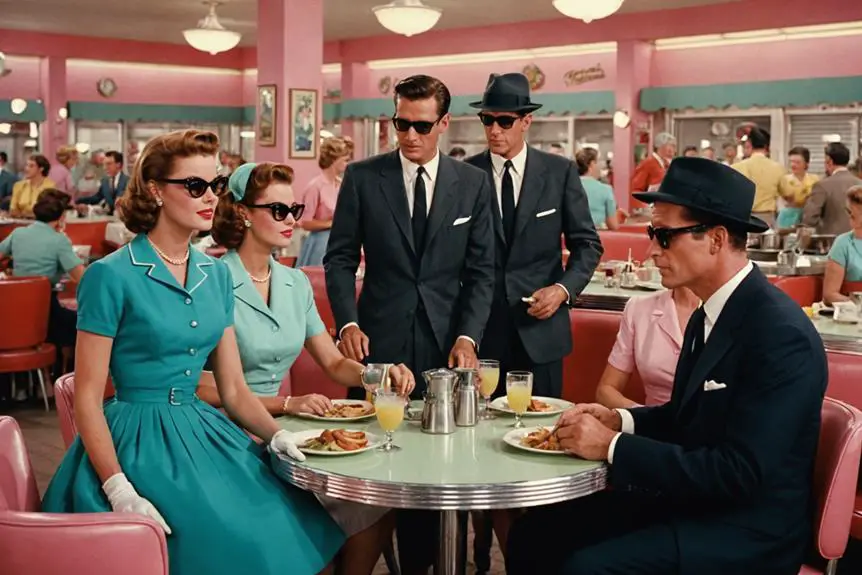

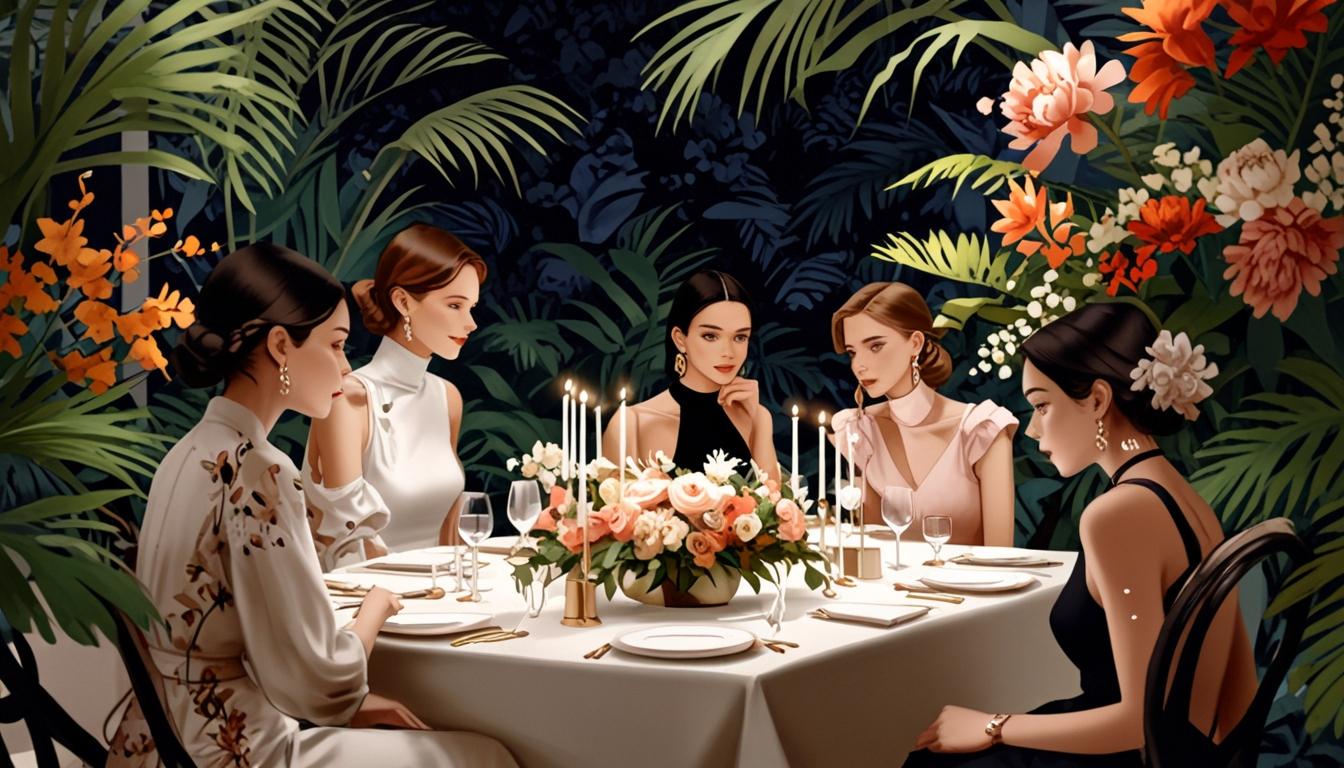
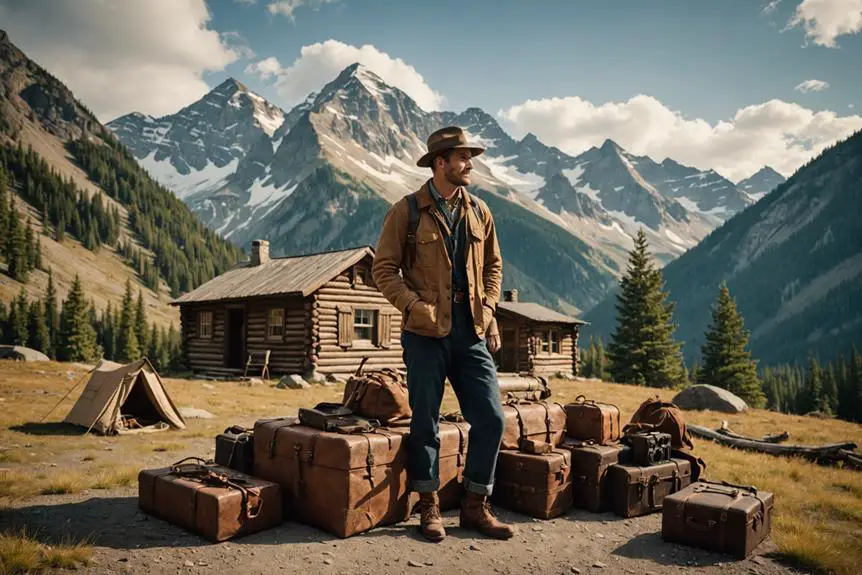
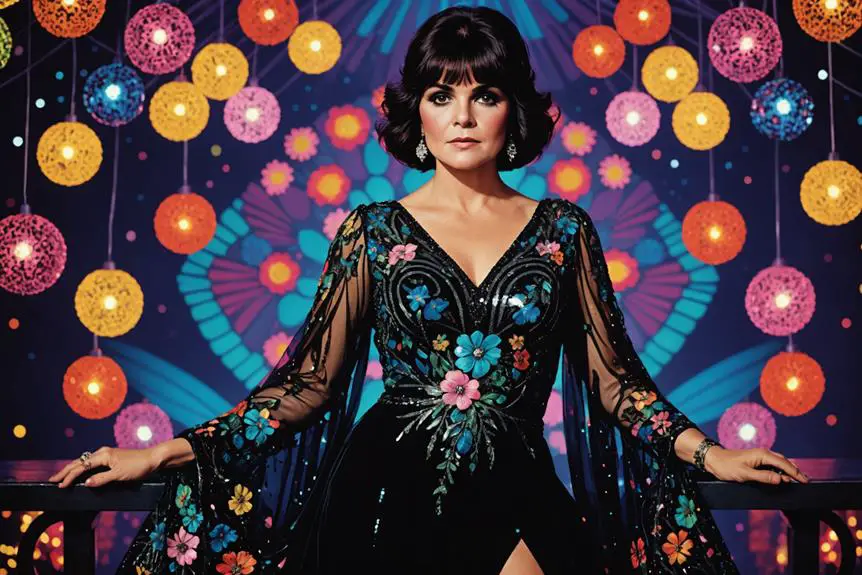
Heya i am for the primary time here. I found this board and I to find It really useful & it helped me out much. I am hoping to present one thing back and aid others such as you aided me.